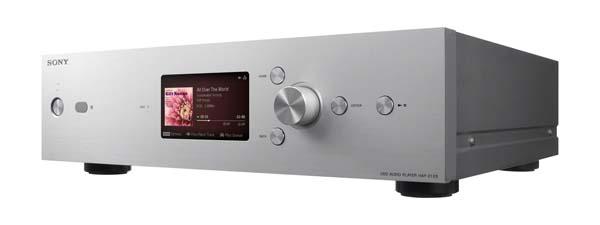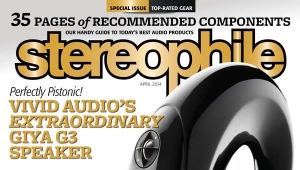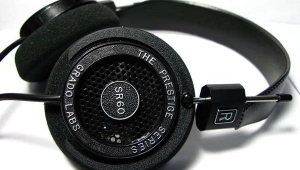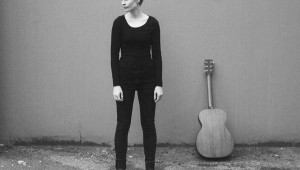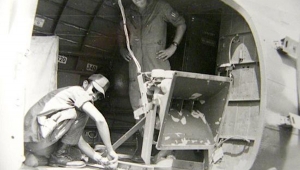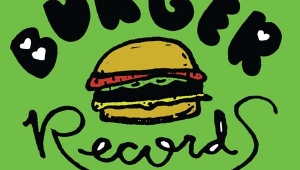| Columns Retired Columns & Blogs |
I truly want to enjoy the benefits of digital sound with quality better than 44.1/16 CD/PCM sources can provide. I really do. But, I am put off by the cost/complexity of added componentry (Cables, outboard DACs Music server computers, networks) beyond what I have now, that are required to get that sound improvement. This is compunded by the variety of standards which threaten to obsolete whatever component I buy today.
You and others have captured it here and elsewhere that, in almost equal measures, the improvement in sound has to be coupled with more convenience before a new format takes over. While the former has happened, the latter has not.
These next few months will be interesting....
